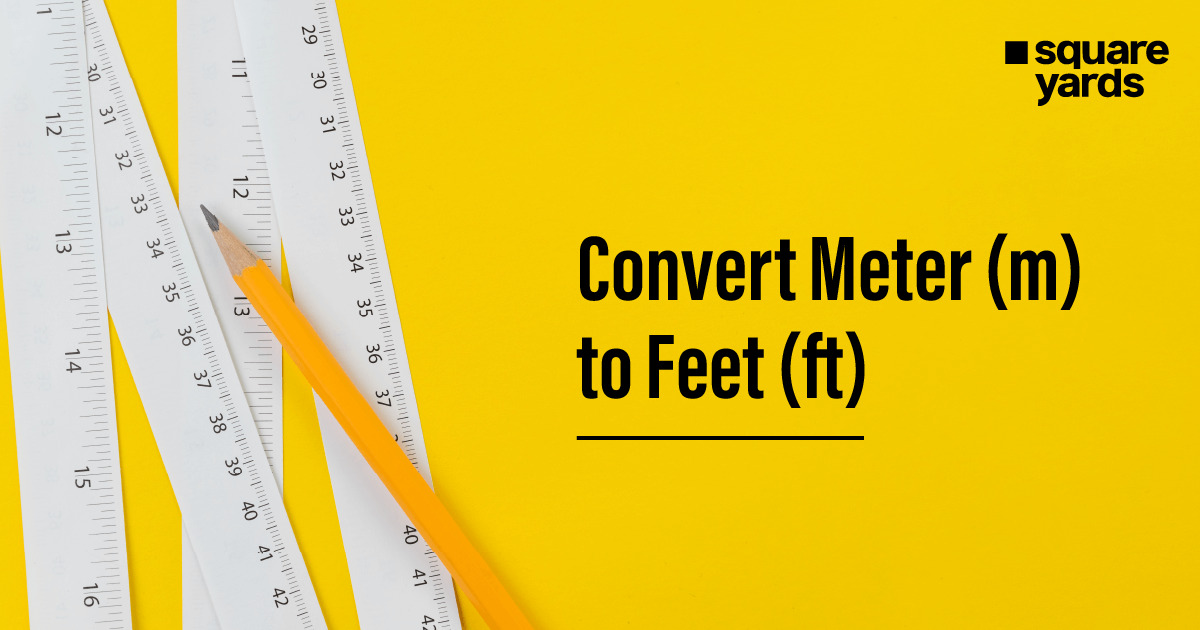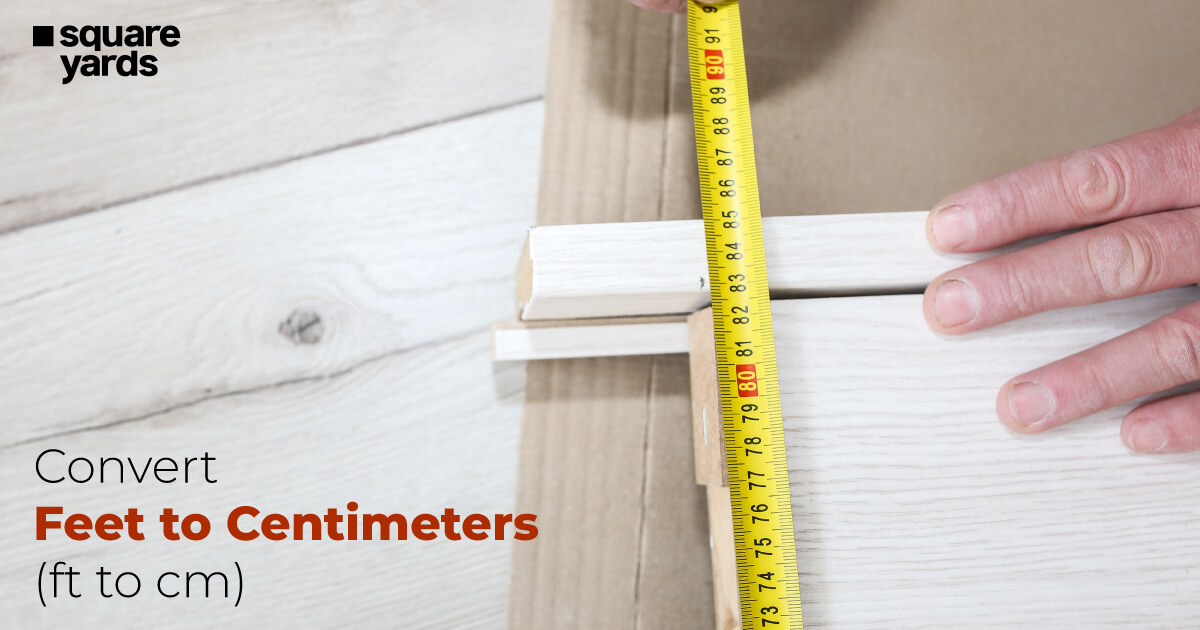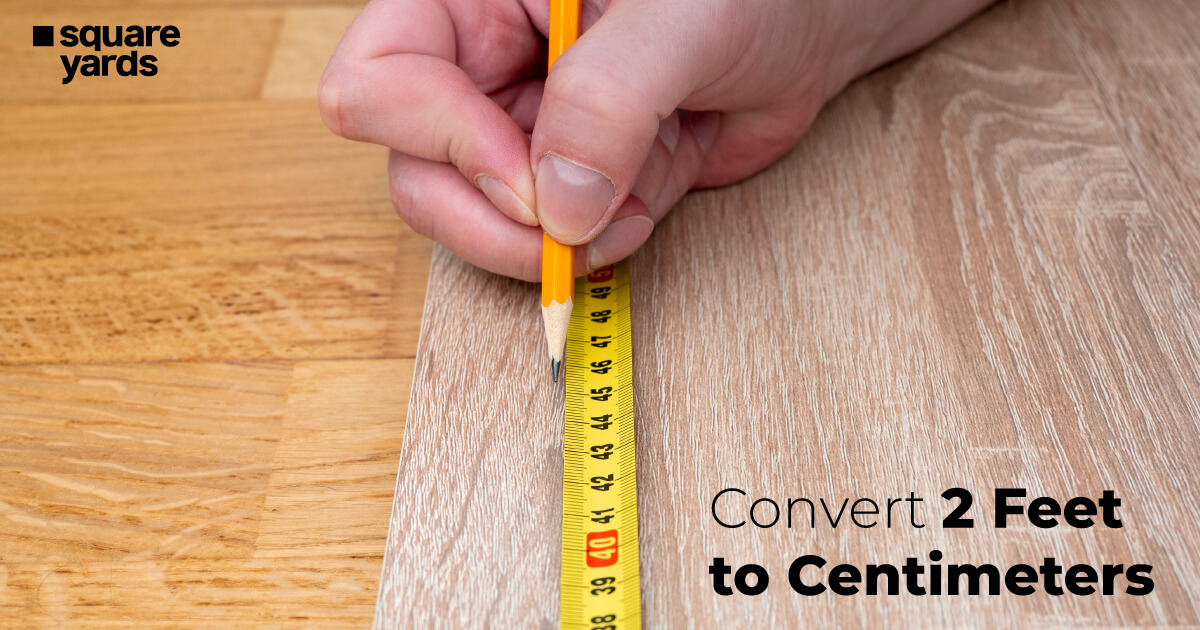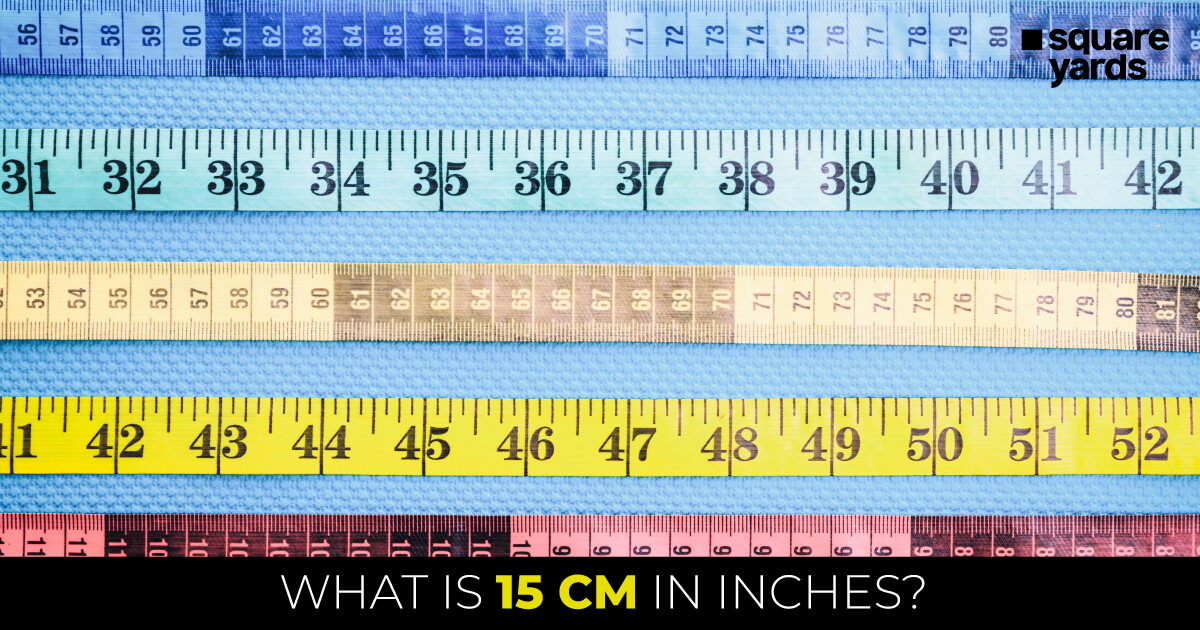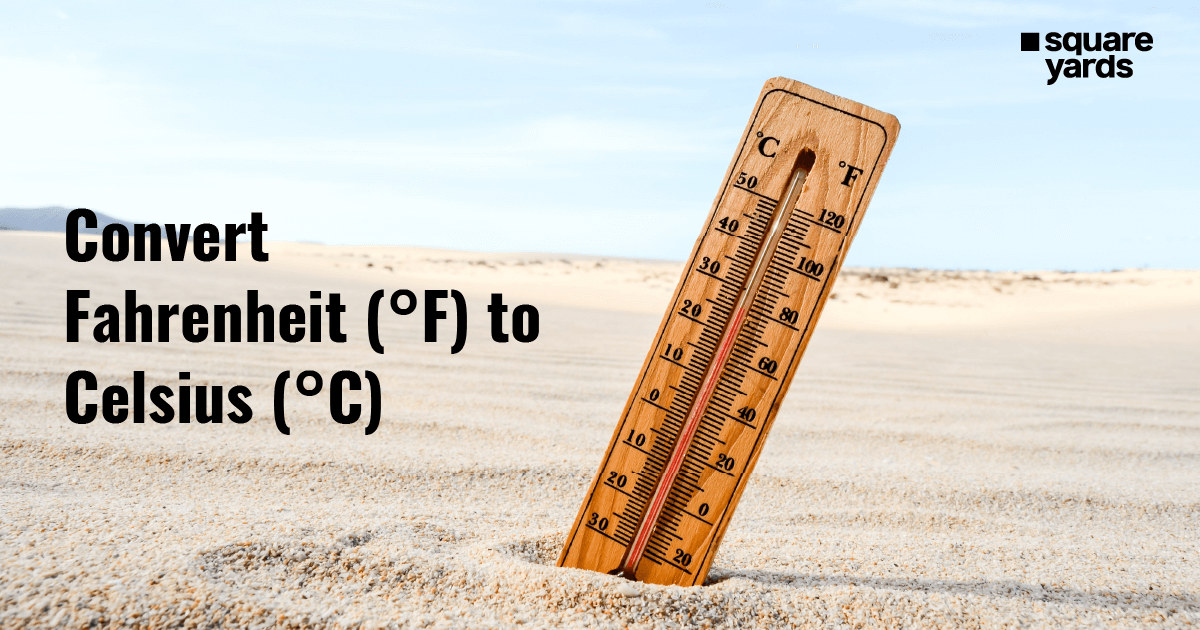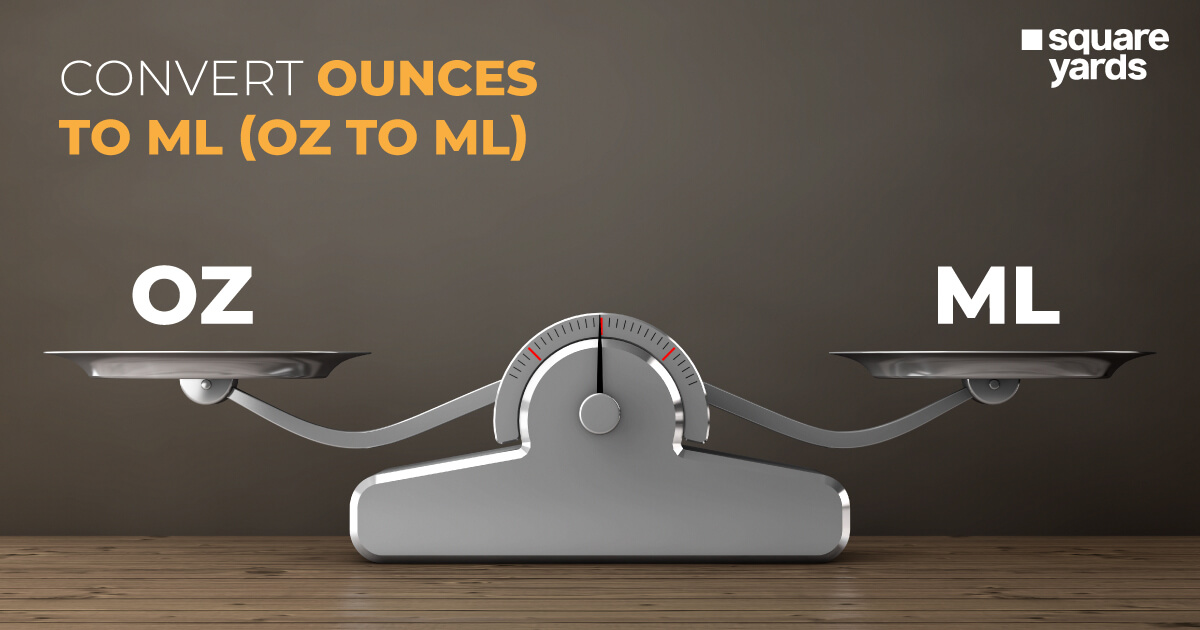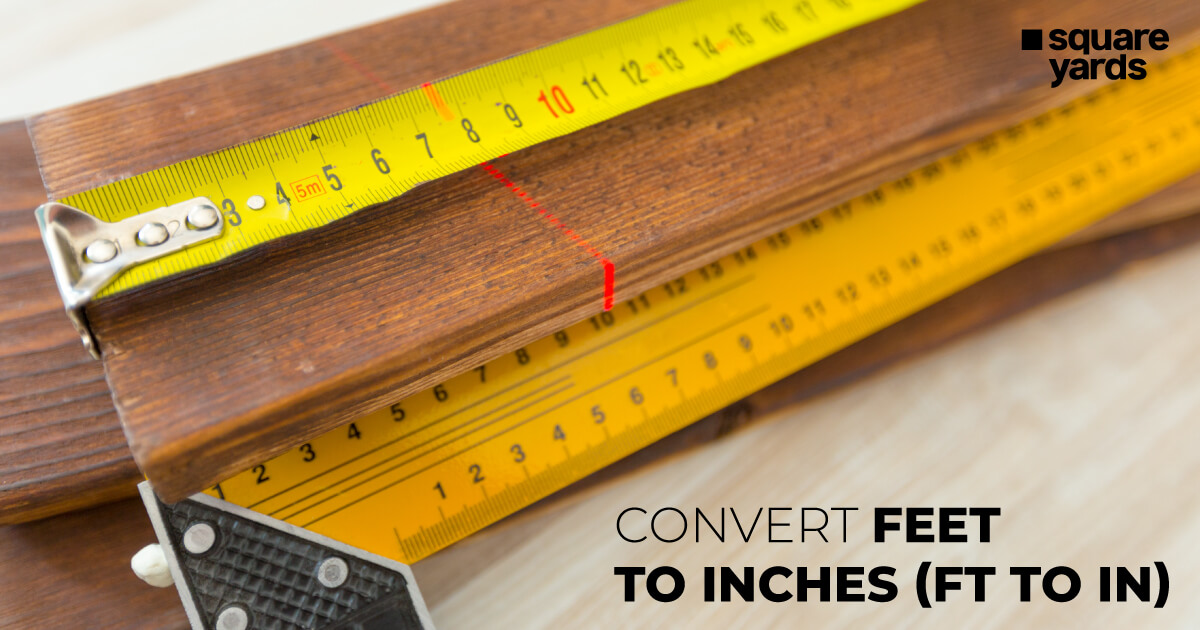The change of length units is somewhat simpler than other units due to their association with the entire numbers. Notwithstanding, it could become overwhelming on occasion when the conversion of a unit is in seven decimal spots. Likewise, the difference between the measurement values adds to the multifaceted nature of the change interaction. Yet, it becomes basic and helpful to make the transformation utilizing the right recipe. Besides, it is additionally critical to figure out the connection between these two units since the two millimeters and inches are units of length.
Here, we have organized a manual for converting millimeters to inches that will give you generally speaking data about the units. The data contains the importance of the units, the relationship they share, the change recipe alongside a couple of models, contrasts among them and the number cruncher for mm to inches transformation.
What is a Millimeter in Canada
A millimeter is a length estimating unit equivalent to one-thousandth of a meter. It is a unit in the decimal measuring standard with SI unit image, mm. There are 1,000 millimeters in a meter and ten millimeters in a centimeter.
-
Current Utilization of Millimeter
A millimeter is a metric unit to gauge tiny yet noticeable on-scale lengths and distances. It is as of now characterized as the distance the light covers in a given part of a second. The unit is right now being utilized with regards to true correlations, to generally quantify the size of a wire which is utilized in a standard paper cut.
-
History of Millimeter
The meter has been characterized as a unit to gauge the length of the way light goes in a vacuum during a period of 1/299792458 of a second beginning around 1983. A millimeter being one-thousandth of a meter is in this way the distance light goes during a period time frame/299792458000 of a second.
What is Inch in Canada
An inch is a unit of length comparable to 1/36 yard or 1/12 of a foot. Represented as in or “, the unit is an estimation of length in the English framework and the US standard frameworks of estimation. The unit is customarily distinguished as the width of the human thumb. Furthermore, it is likewise perceived as the length of a snake.
-
Current Utilization of Inch
The inch is normally utilized in the US, Canada and the UK as a standard length unit. The unit is additionally utilized in Japan to gauge the length of electronic parts, and significantly show screens. likewise, the unit is utilized to gauge the length of the show separating the majority of mainland Europe.
-
History of inches
The Roman word “Uncia,” which in English means “twelfth,” was the original source of the English word “inch.” The word thumb was used as the inspiration for the name inch in other European languages. At that time, there were no established units of measurement, so different areas were measured using the lengths as well as widths of body parts like the finger, thumb, and foot.
Relation Between Mm to Inches
The relationship between a Millimeter and an Inch in Canada is not difficult to understand. 1 millimeter is equal to 0.0393701 inches and 1 inch is equivalent to 25.4 millimeters.
The mathematical relationship between millimeters and inches can be described as:
1 Millimeter = 0.0393701 Inches
1 Inch = 25.4 Millimeters
Difference Between Canadian Millimeters (mm) And Inches (in)
So you must have learned enough about millimeters and inches in Canada – what is the meaning and use of these units, how to convert millimeters to inches and the formula for mm to inches conversion. Let’s move further and learn more about the units and the difference between mm and inches. While a millimeter is a measurement of length and is equal to one-thousandth of a meter, an inch is another measurement of length equal to 25.4 millimeters.
Understand more about the differences between millimeters and inches through the below table:
| Basis of Comparison | Millimeters (mm) | Inches (in or ”) |
| Abbreviation / Symbol | mm | in or ” |
| Definition | A millimeter is a unit for measuring length equivalent one-thousandth of a meter. It is a unit in the metric system used to measure very small lengths and distances. There are one thousand millimetres in a meter and ten millimeters in a centimeter. | An inch is a length measuring unit equivalent to 1/36 yard or 1/12 of a foot. It is a unit of length measurement in the British Imperial system and the United States’ customary systems of measurement. The inch is generally identified as the width of the human thumb and also as the length of a snake. |
| Relation | 1 Millimeter = 0.0393701 Inches | 1 Inch = 25.4 Millimeters |
| Formula | 1 Millimeter = Inches x 0.0393701 | 1 Inch = Millimeters x 25.4 |
| Usage | This metric unit is currently defined as the distance the light covers in a given fraction of a second. The unit is currently being used to measure very small lengths and distances, majorly to roughly measure the size of a wire which is used in a standard paper clip. | The inch is usually used in the US, Canada and the UK as a customary length unit. The unit is also used in Japan to measure the length of electronic parts, majorly display screens. The inch is also used to measure the length of display screens in most of continental Europe. |
MM to Inches Conversion Table in Canada
| MM | Inches | MM to Inches |
| 1 mm | 0.0394 inches | 1 mm into inches = 0.0394 inches |
| 2 mm | 0.0788 inches | 2 mm into inches = 0.0788 inches |
| 3 mm | 0.1182 inches | 3 mm into inches = 0.1182 inches |
| 4 mm | 0.1576 inches | 4 mm into inches = 0.1576 inches |
| 5 mm | 0.197 inches | 5 mm into inches = 0.197 inches |
| 6 mm | 0.2364 inches | 6 mm into inches = 0.2364 inches |
| 7 mm | 0.2758 inches | 7 mm into inches = 0.2758 inches |
| 8 mm | 0.3152 inches | 8 mm into inches = 0.3152 inches |
| 9 mm | 0.3546 inches | 9 mm into inches = 0.3546 inches |
| 10 mm | 0.394 inches | 10 mm into inches = 0.394 inches |
| 11 mm | 0.4334 inches | 11 mm into inches = 0.4334 inches |
| 12 mm | 0.4728 inches | 12 mm into inches = 0.4728 inches |
| 13 mm | 0.5122 inches | 13 mm into inches = 0.5122 inches |
| 14 mm | 0.5516 inches | 14 mm into inches = 0.5516 inches |
| 15 mm | 0.591 inches | 15 mm into inches = 0.591 inches |
| 16 mm | 0.6304 inches | 16 mm into inches = 0.6304 inches |
| 17 mm | 0.6698 inches | 17 mm into inches = 0.6698 inches |
| 18 mm | 0.7092 inches | 18 mm into inches = 0.7092 inches |
| 19 mm | 0.7486 inches | 19 mm into inches = 0.7486 inches |
| 20 mm | 0.788 inches | 20 mm into inches = 0.788 inches |
| 21 mm | 0.8274 inches | 21 mm into inches = 0.8274 inches |
| 22 mm | 0.8668 inches | 22 mm into inches = 0.8668 inches |
| 23 mm | 0.9062 inches | 23 mm into inches = 0.9062 inches |
| 24 mm | 0.9456 inches | 24 mm into inches = 0.9456 inches |
| 25 mm | 0.985 inches | 25 mm into inches = 0.985 inches |
| 26 mm | 1.0244 inches | 26 mm into inches = 1.0244 inches |
| 27 mm | 1.0638 inches | 27 mm into inches = 1.0638 inches |
| 28 mm | 1.1032 inches | 28 mm into inches = 1.1032 inches |
| 29 mm | 1.1426 inches | 29 mm into inches = 1.1426 inches |
| 30 mm | 1.182 inches | 30 mm into inches = 1.182 inches |
| 31 mm | 1.2214 inches | 31 mm into inches = 1.2214 inches |
| 32 mm | 1.2608 inches | 32 mm into inches = 1.2608 inches |
| 33 mm | 1.3002 inches | 33 mm into inches = 1.3002 inches |
| 34 mm | 1.3396 inches | 34 mm into inches = 1.3396 inches |
| 35 mm | 1.379 inches | 35 mm into inches = 1.379 inches |
| 36 mm | 1.4184 inches | 36 mm into inches = 1.4184 inches |
| 37 mm | 1.4578 inches | 37 mm into inches = 1.4578 inches |
| 38 mm | 1.4972 inches | 38 mm into inches = 1.4972 inches |
| 39 mm | 1.5366 inches | 39 mm into inches = 1.5366 inches |
| 40 mm | 1.576 inches | 40 mm into inches = 1.576 inches |
| 41 mm | 1.6154 inches | 41 mm into inches = 1.6154 inches |
| 42 mm | 1.6548 inches | 42 mm into inches = 1.6548 inches |
| 43 mm | 1.6942 inches | 43 mm into inches = 1.6942 inches |
| 44 mm | 1.7336 inches | 44 mm into inches = 1.7336 inches |
| 45 mm | 1.773 inches | 45 mm into inches = 1.773 inches |
| 46 mm | 1.8124 inches | 46 mm into inches = 1.8124 inches |
| 47 mm | 1.8518 inches | 47 mm into inches = 1.8518 inches |
| 48 mm | 1.8912 inches | 48 mm into inches = 1.8912 inches |
| 49 mm | 1.9306 inches | 49 mm into inches = 1.9306 inches |
| 50 mm | 1.97 inches | 50 mm into inches = 1.97 inches |
You May Also Read :
| Conversion of Gallons To Liters | Gallons To Liters |
| How To Convert Ft To Cm | Ft To Cm |
| Guide To Ounces To Ml | Ounces To Ml |
| All About Feet To Inches | Feet To Inches |
Frequently Asked Question (FAQs)
10 millimeters is equal to 0.393700787 inches
To convert millimeters to inches, you can divide the number of millimeters by 25.4. For example, 10 millimeters divided by 25.4 is equal to 0.393700787 inches.
1 millimeter is a unit of length in the metric system and is equal to one thousandth of a meter. It is about the thickness of a plastic ID card or credit card.
A 12 inch ruler is equivalent to 304.8 millimeters. This is because 1 inch is equal to 25.4 millimeters, so 12 inches multiplied by 25.4 millimeters per inch is equal to 304.8 millimeters.
1 inch is equal to 25.4 millimeters.
No, 1 millimeter is not the same as 1 inch. 1 inch is equal to 25.4 millimeters.
No, 25 millimeters is not the same as 1 inch. Since, 1 inch is equal to 25.4 millimeters, 25 millimeters is only approximately an inch. What size is 10 mm in inches?
How do you convert millimeters to inches?
How thick is 1 mm?
How many mm is a 12 inch ruler?
How many mm means 1 inch?
Is 1 mm the same as 1 inch?
Is 25 mm the same as 1 inch?




